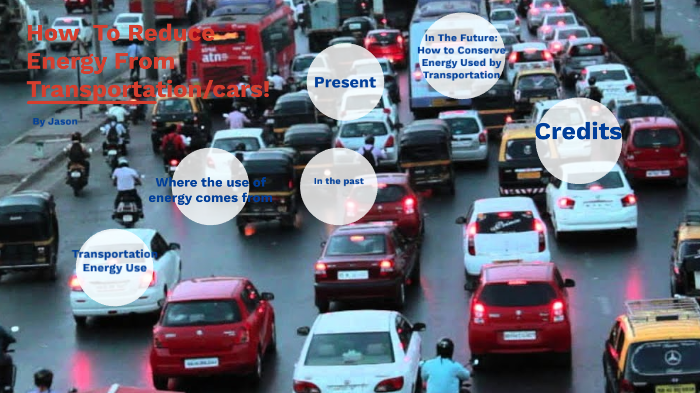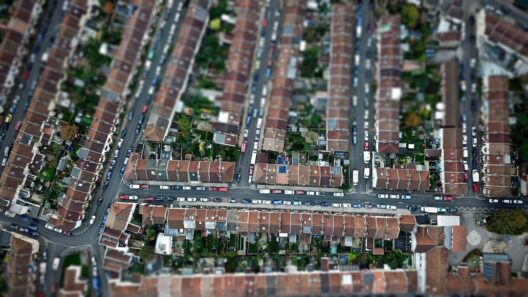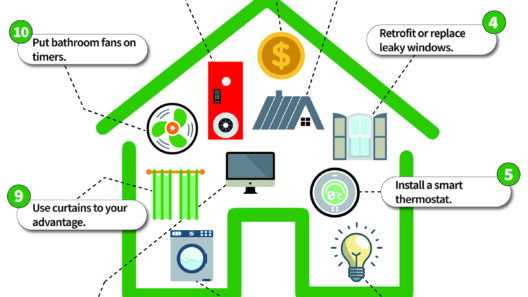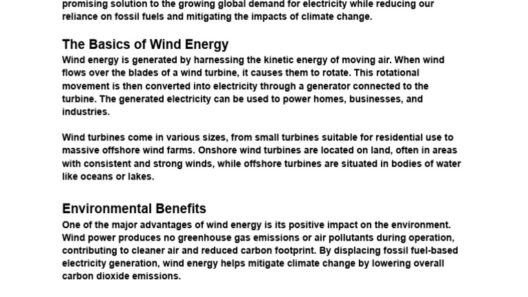The transportation sector is a pivotal contributor to global energy consumption and greenhouse gas emissions. It is imperative that we explore avenues for energy conservation, not merely for ecological integrity but for economic sustainability as well. With the world’s transportation systems undergoing unprecedented scrutiny due to climate change, it is crucial to examine how energy efficiency can be amplified within this sector.
To begin, one of the most innovative strategies for energy conservation in transportation lies in the adoption of advanced technologies. Electric vehicles (EVs) epitomize this shift, reimagining conventional paradigms of transportation. Unlike their fossil fuel counterparts, EVs boast higher energy efficiency—converting a significant percentage of electrical energy from the grid to power at the wheels, as opposed to the meager 12% to 30% efficiency in gasoline vehicles. As battery technologies advance, the prospects for integrating longer-range electric systems become promising, further encouraging their widespread adoption.
Moreover, smart transportation technologies, such as intelligent traffic management systems, can alleviate congestion, effectively reducing idling times and overall fuel consumption. By applying real-time data analytics and cloud integration, these systems can streamline traffic flows and optimize routes, thereby mitigating unnecessary energy expenditure. This innovative synergy between technology and urban planning lays the groundwork for a more sustainable transportation framework that is both efficient and responsive.
Integrating alternative fuels is another critical stride toward reducing energy consumption. Biofuels, hydrogen, and other renewable sources possess the potential to displace conventional fossil fuels, promoting a more sustainable energy matrix. For instance, biodiesel derived from agricultural waste can significantly cut greenhouse gas emissions when utilized in diesel engines. Hydrogen, when sourced from renewable methods, provides a clean alternative that releases only water as a byproduct during combustion. The introduction of these fuels necessitates infrastructural investment and regulatory frameworks to ensure widespread availability and use.
Furthermore, there is an undeniable need for a cultural shift in transportation paradigms. An increased emphasis on public transit systems that prioritize energy efficiency could lead to substantial reductions in energy consumption. Buses, trams, and trains often utilize energy more judiciously compared to individual vehicles, especially when considering occupancy rates. Promoting public transport can reduce the overall number of vehicles on roads, thereby lessening traffic congestion and minimizing emissions. Urban planners can encourage this shift through strategic investments in infrastructure, enhancing the convenience and reliability of public transit options.
The development of efficient multi-modal transportation systems is equally essential. Encouraging synergies between cycling, walking, and public transport can create an environment where energy efficiency is optimized across various transport modes. Cities designed with pedestrian-friendly infrastructure incentivize less reliance on motor vehicles, thus conserving energy through behavioral change. Moreover, ensuring accessible bike lanes and promoting cycling not only reduce energy consumption but also foster healthier communities.
A circular economy approach to transportation also offers substantial benefits. Companies within the transportation sector can re-assess how they design and assemble vehicles and components with sustainability in mind. By focusing on reducing waste, reusing materials, and recycling components at the end of their lifecycle, the overall energy input required for manufacturing can be significantly reduced. This paradigm shift nurtures an ecosystem where energy is conserved, and efficiency is paramount.
Government policies play a crucial role in catalyzing these changes in the transportation sector. Implementing fuel economy standards, providing incentives for electric vehicle adoption, and investing in renewable energy infrastructure are essential measures that can accelerate the transition towards a more energy-efficient transportation system. Additionally, international agreements aimed at reducing emissions, such as the Paris Agreement, can compel countries to commit to more stringent regulations, thereby fostering innovation to meet these targets.
It is also incumbent upon industries to invest in research and development geared toward energy-efficient technologies. The promise of autonomy in vehicles could revolutionize the transportation landscape, where AI algorithms optimize driving patterns and reduce energy waste. Moreover, innovations in vehicle design that minimize weight and enhance aerodynamics contribute significantly to energy conservation. The future of transportation lies in a cooperative endeavor between public, private, and governmental stakeholders, all dedicated to pioneering advancements that prioritize energy efficiency.
Education and awareness initiatives are equally important for spearheading cultural shifts. Engaging communities in understanding the implications of their transportation choices encourages more responsible behaviors. Workshops, campaigns, and informational resources can illuminate the environmental and economic costs associated with various forms of transport. An informed public is more likely to embrace sustainable practices, including carpooling or opting for greener modes of travel.
Ultimately, conserving energy in transportation is not just an environmental imperative; it is a pathway toward a resilient and sustainable future. By embracing technology, rethinking infrastructure, and fostering a cultural transformation, we can institute a paradigm shift that prioritizes energy efficiency within this vital sector. With a commitment to innovation and collaboration, the transportation landscape can evolve into a formidable ally in the fight against climate change, preserving our planet for future generations.






